
You may think that vocabulary cards are just to be used as flashcards but there are SO MANY different, fun, and highly engaging ways to use them while learning a language!
Before scrolling down to see the activities you can use (starting today), keep these tips in mind for little ones:
- Try to incorporate movement whenever possible. There’s a lot of evidence of the correlation between mind/body/learning.
- When introducing vocabulary, try and use real objects or visuals so they understand you and can make more of a connection using their 5 senses.
- Keep activities short and switch them up often. Keep them wanting more…
- REPEAT, REVIEW, REPEAT, REVIEW! Kids love repetition and doing things they’re familiar with, it’s a big confidence booster when learning.
Here are 10 activities that have proven quite engaging in learning Spanish for early language learners. Some are probably not new to you but a few might be! ♥️
1. WORD WALL
Word Walls are beneficial because they’re seeing the words constantly and when students are writing, they can reference the board without having to ask others how to spell a word or what a word is called.
Putting pictures next to the words is a great way to start and then eventually take the picture down so that just the word is showing.
I still use personal dictionaries but they can be distracting, or the child loses it. And quite frankly, the word wall is quicker for them to reference.
2. Bingo/loteria
Bingo is fun for kids of all ages! For introducing new vocabulary, it’s best to have the picture and the word together. Eventually, you can just have the picture and call out the word.
3. memory
Kids love playing this one and it can be played alone, with 2 or more! Here’s a tip (look below and you’ll realize my mistake), print on cardstock and THEN laminate ????.
A few ways to play, you’ll need 2 sets for some of these:
- Match up 2 of the same picture cards with words/without words
- Match up a picture with words with a word card
- Match up a picture without the word with the word card
- Match up just the word cards
You can also have them write the word on a piece of paper or a whiteboard for reinforcement after they’ve made a match.
4. labeling
Place vocabulary cards on things around the room or your house. This helps kids to stay in the target language when asking for things.
It’s also acts as a reinforcement because they’re seeing the words frequently.
5. Where is the button? ¿Dónde esta el buton?
All you need are some vocabulary cards, picture or word ones.
**Also wonderful for teaching Dónde and debajo.
Spread the cards out in front of the students, face up. This is great for small groups with the teacher or without.
Have the students close their eyes and then hide a “button” (buttons are actually too thick so we use a colored circle I made on cardstock) underneath 1 card.
They can then open their eyes and take turns guessing which card it’s under.
What I love about this one is that you can control how much Spanish to put into the game. It can be as simple as the hider asking, “¿Dónde está?” or “¿Dónde está el buton?” and the student responding with just the vocabulary word, “el lápiz” and the hider saying “sí” or “no”.
OR…you can have them speak in complete sentences and ask questions about each card:
Teacher or Hider: ¿Dónde está el buton?
Student: Está debajo del lápiz.
Teacher points to the pencil card: A ver, ¿está debajo del lápiz? ¡No, no está debajo del lápiz. and then have them repeat it that it’s not there, “No, no está debajo del lápiz.” Or when they point, ¿Éste?
When you lift a card and they have it right, ¡Sí! ¡Sí, está debajo de la carpeta.
There are lots you can do with this game to make it as challenging as you want. Kids love to hide things so they frequently ask to play this game.
Thank you to the Facebook Group by Mundo de Pipita for the idea!
6. Charades
This is a fantastic activity to get them up and moving.
The teacher can act out new vocabulary or have a student act it out for the class to guess. This one is ALWAYS a hit!
7. What’s missing?
The idea behind this one gets the kids to not only use vocabulary but always hones in on their observation skills. Great for the brain!

This can be used for small group instruction or put magnets on the back of the cards and put them on the whiteboard and do it as a whole class game. If it’s for the whole class, have them write what’s missing on a piece of paper or a whiteboard and they can hold their guess.
- Have some Vocabulary Cards or some real objects in front of the students.
- Have them close their eyes and you take one card or object away.
- When they open their eyes, they need to figure out which card or object is missing.
8. Story or sentence starters
Depending on the writing skills of your students, you can use the cards to help them come up with sentences or stories.

For sentences, have students can pick one card or several out of a hat or something. For this example, I’ll use el lápiz again, the student picked that card. He/she can write out, Yo tengo el lápiz or No tengo el lápiz.
For stories: Whatever card a student picks, they have to write a silly story about the vocabulary word or using the vocabulary word.
9. Which one?
This is fantastic for early literacy skills: beginning/ending sounds, rhyming words, syllables, vowels, or whatever skill you’re working on.
❤️ This is like a 2 for one game because they are learning/reviewing vocabulary AND they are practicing an essential literacy skill!

Use a set of cards to review beginning sounds. Spread a few cards out in front of the student of a small group of students. If students have their own cards, you can have each student have their cards in front of them, also.
Then, ask about beginning sounds- ¿Qué palabra comienza con “l”? Have students point to the card (s) that have that beginning sound. Have them say the word, too.
10. play a sorting Game
Use a sorting mat or just have students create headers on top of a piece of paper or whiteboard.
Have students sort the vocabulary cards based on those headings. For instance:
Here, the first grade students needed to sort the cards based on their new Back-to-School vocabulary. Since we were talking about what was going to be kept in their desks and what needs to be kept on the shelves, our headers were: el escritorio and el estante.
This is how it sorted for a student.
Thanks for reading!
What are you doing for vocabulary? Please share your favorite activities below!
YOU CAN GET THE VOCABULARY CARDS I USED FOR THE EXAMPLES ABOVE RIGHT HERE IN OUR STORE! JUST CLICK ON THE IMAGE BELOW!
OR TRY THE FALL SPANISH CARDS, WHICH INCLUDES VOCABULARY FOR FALL, HALLOWEEN, DAY OF THE DEAD, AND THANKSGIVING!
FOR ALL YOU TPT LOVERS, YOU CAN GET ALL OF OUR VOCABULARY CARDS, THERE, ALSO! JUST CLICK HERE!

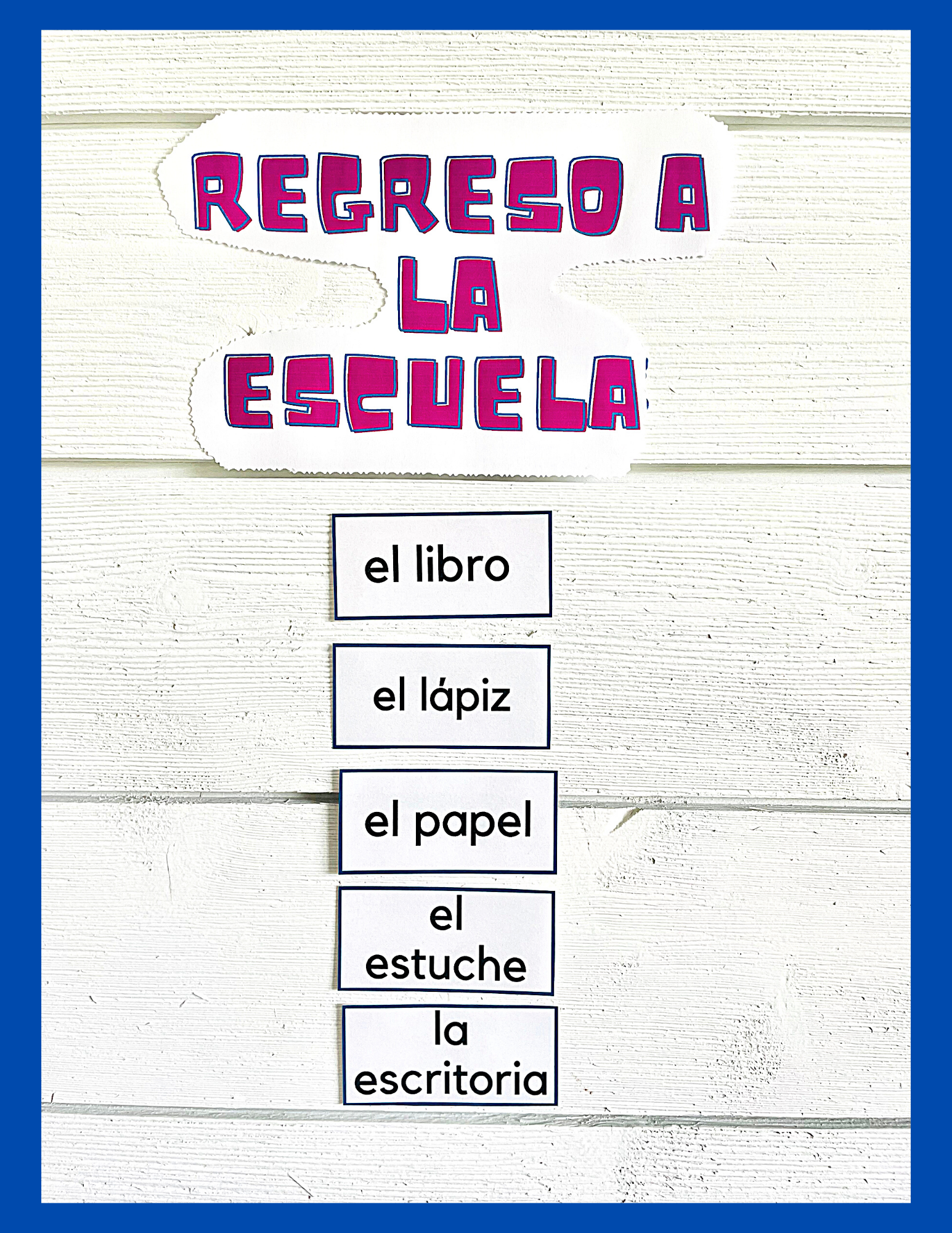

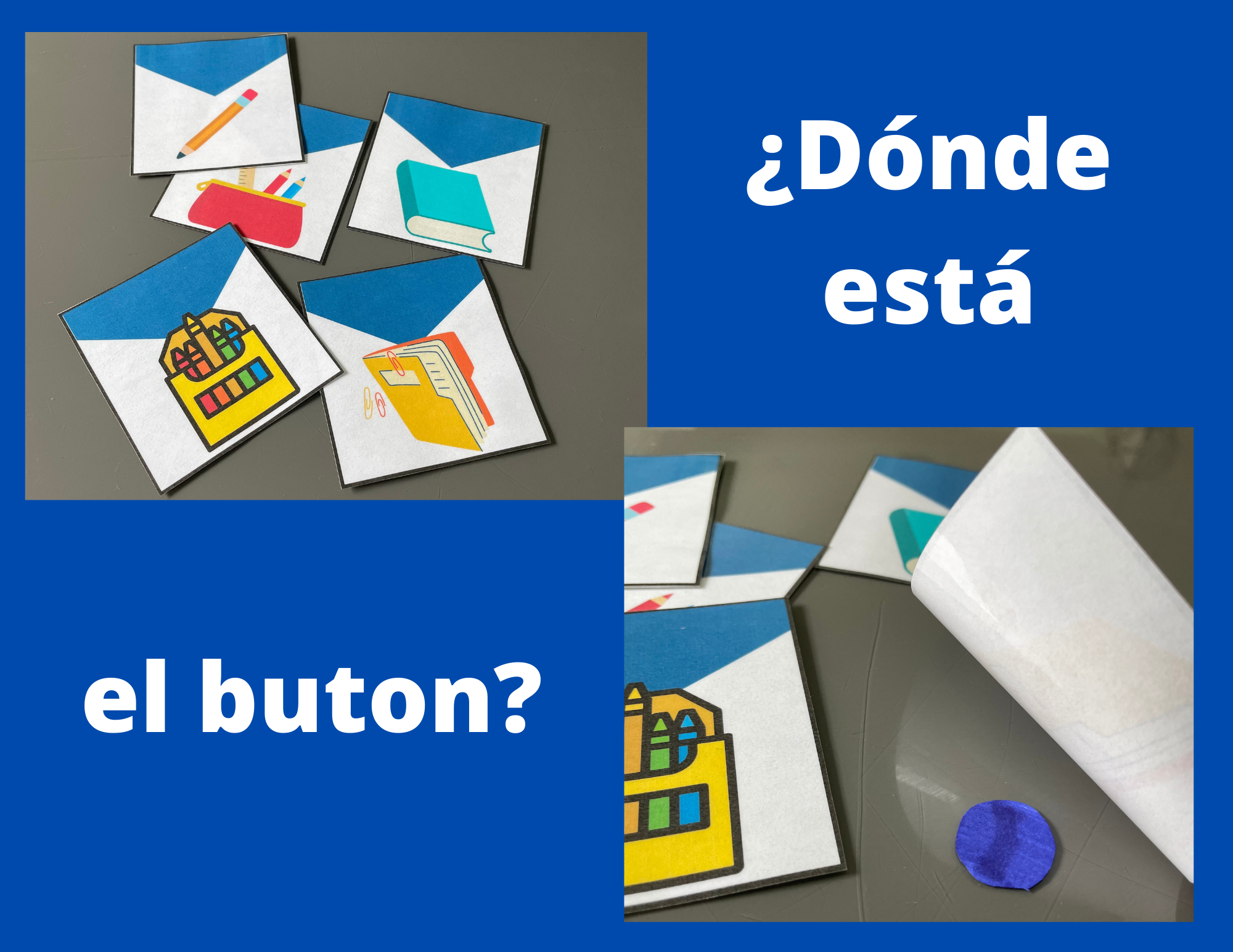
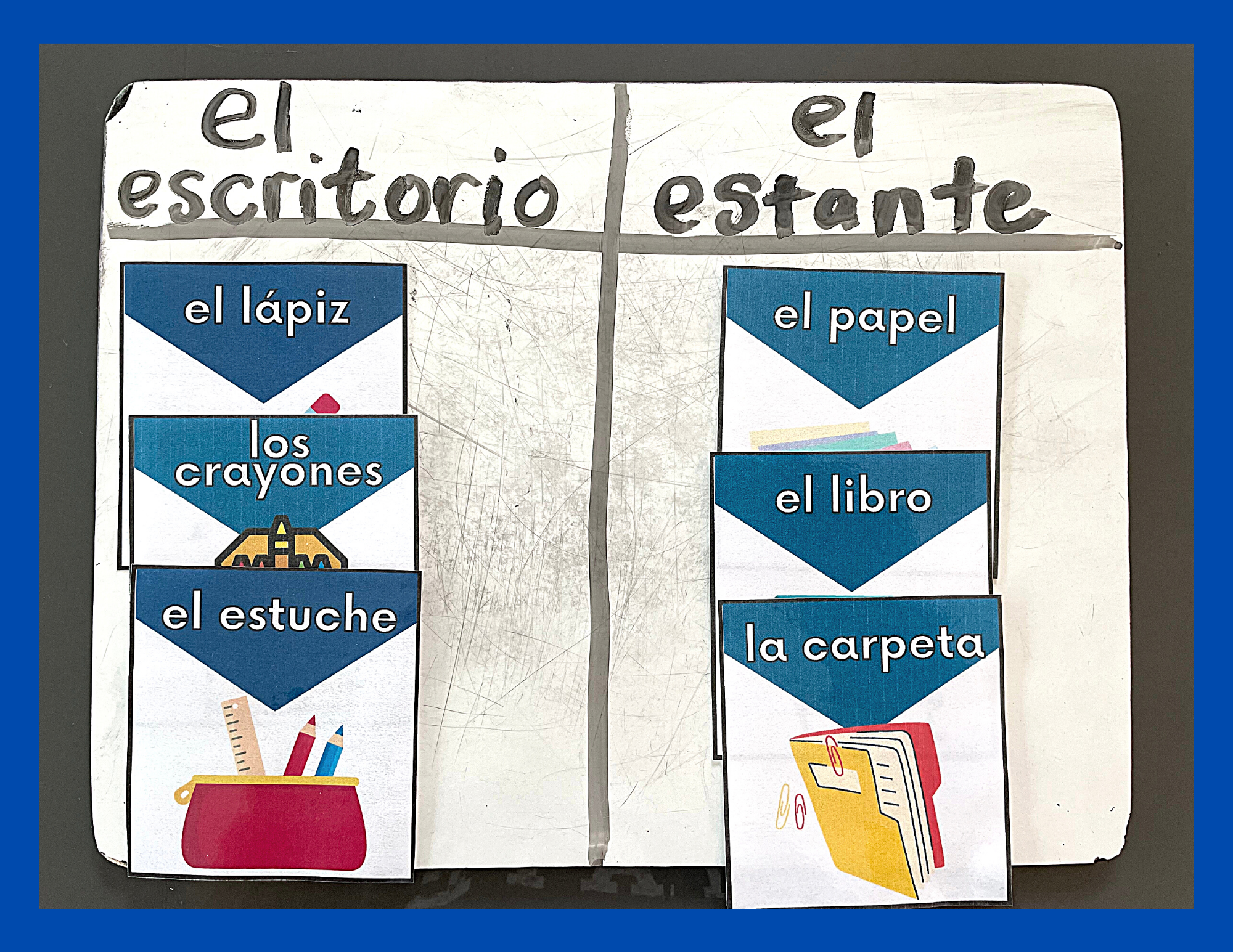
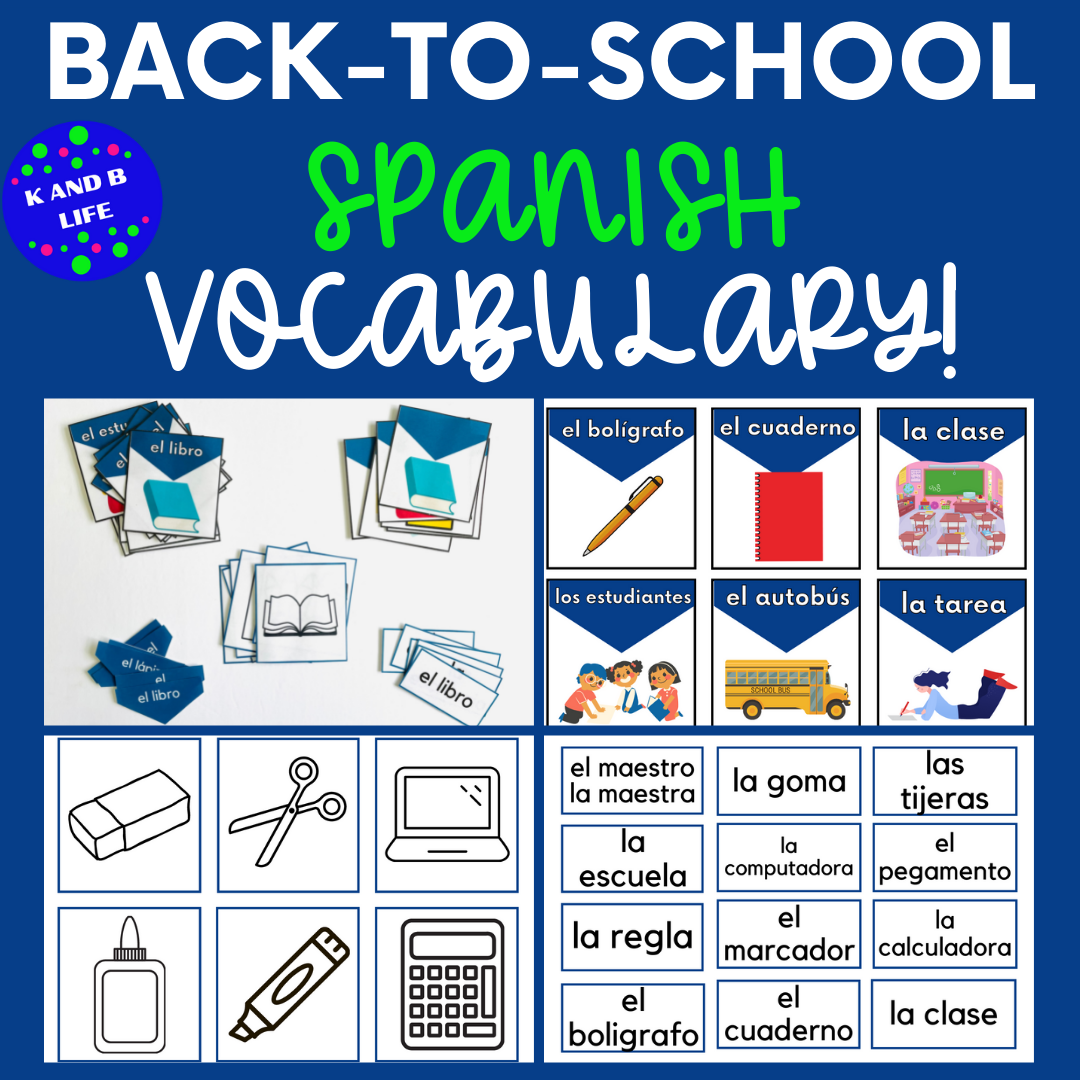
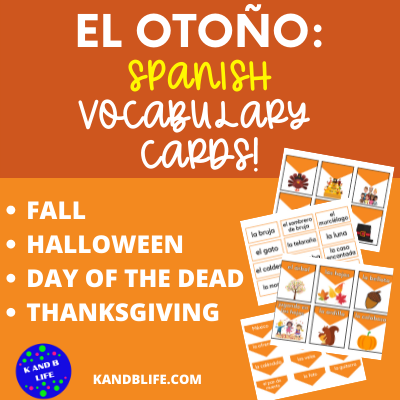
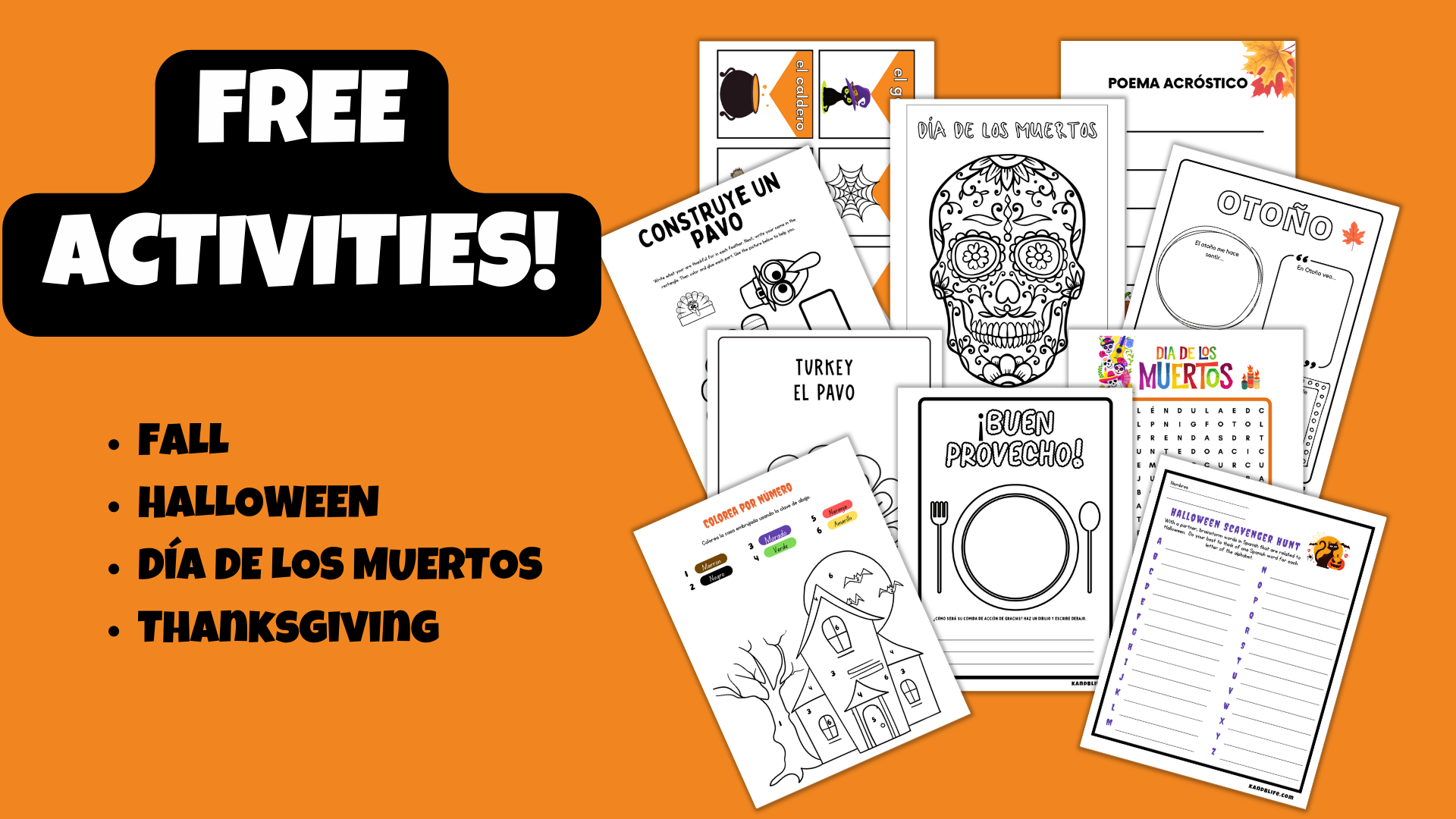
Leave a Reply